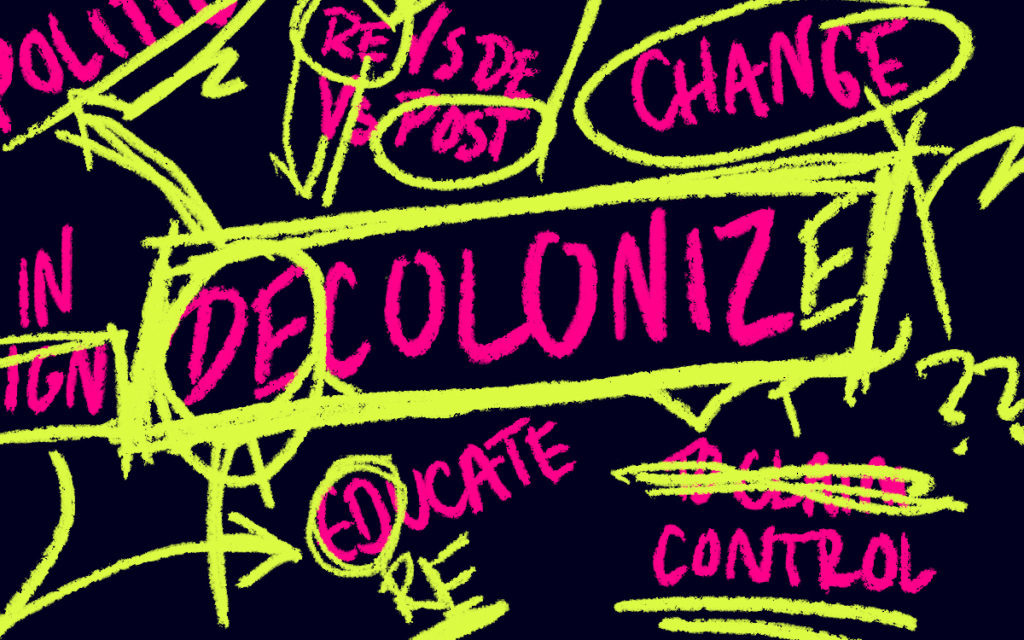Introduction

Welcome!
As settler-educators, we want to acknowledge that we are on a journey of un-learning and re-imagining educational practices with regards to Indigenous Education. When we began our MEd program, we both had experience working in systems that have yet to fully comprehend and answer the TRC’s [website] calls to action. We also felt that although we have made attempts at teaching Indigenous Education, we remained rooted in our Eurocentric pedagogy and often taught using a historical narrative supplemented by cultural activities.
Where it began
This project is the culmination of countless hours of discussion, research, and reflection regarding one question: What tensions exist that lead to educator resistance toward exploring Indigenous pedagogy in their classrooms?
As settler-educators, the authors have experienced this tension and know that this resistance can be a contentious issue among some educators. The research demonstrates that this resistance is mostly rooted in fear (Carroll et. al, 2020; Restoule & Chaw-win-is, 2018). Fear of failure, not getting it “right” or not doing enough. We think that any educator can relate to these feelings, and we wanted to offer a solution to this resistance so that we may all take action and provide reconciliatory education.
So how can we overcome this resistance and explore Indigenous pedagogy in our learning environments? By allowing vulnerability. By giving ourselves permission to maybe fail. To maybe mispronounce words, stumble over territorial acknowledgements, and become emotional when learning and teaching about Residential Schools, the 60’s scoop, and other events led by the Canadian Government that have led to stereotypes, systemic racism, and intergenerational trauma. If we can learn to teach algebra, we can allow ourselves to sit in discomfort and learn to teach Indigenous Education by embedding it into our curriculum on a daily basis.
Where we are now
After conducting research and exploring current resources, we realized that while Indigenous pedagogy is being embedded (albeit, slowly) into BC curriculum, the learning experiences are limited to face-to-face teaching.
We decided to further explore the potential of embedding Indigenous pedagogy into online learning experiences, and used Kirkness and Barnhardt’s (1991) 4R’s guidelines and Restoule’s (2019) 5R’s framework as a starting point for educators and those involved in facilitating online learning. We chose this framework purposefully, as it was researched and created by Indigenous scholars. As white settler-educators, we want to acknowledge that for us, answering the TRC’s calls to action means we choose to deliver a curriculum that is not linear in nature. We used the 5R’s as a guideline and took the principles that were previously applied to Indigenous students and their communities, and attempted to use them in our own classrooms with our diverse range of learners. The purpose of this book is to form connected learning communities especially while engaged in remote learning.
We want to encourage educators to begin the work, and to provide support to those engaging with the resources which will inform individual teaching practices.

